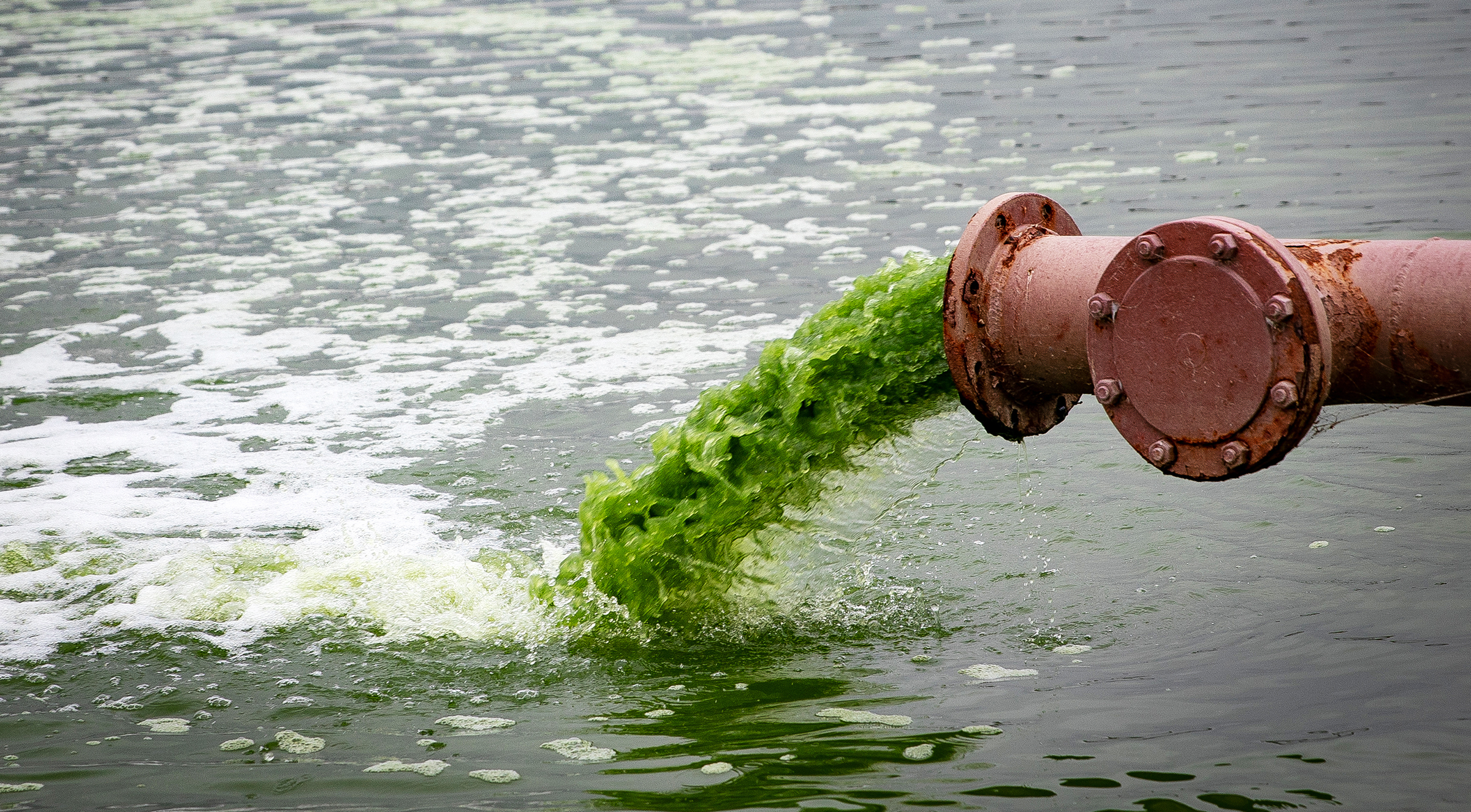The stories IRW published on water problems in Florida, California, Louisiana, Iowa, Minnesota and, most recently, Alaska, illuminate some of the many public-health issues prevalent in the country today. We’re continuing to report on water problems nationwide and will feature new work in the coming months.
Published in 2022:
We examined whether the many Native American villages across Alaska would get access to clean water thanks to the administration’s infrastructure bill, which offered some hope for the creation of water and sewage systems.
In Minnesota, we weighed whether the drive for green energy would lead to mining in parts of the state known for its pristine waterways and how such mining would affect those waters, used for recreation, drinking and as a food source.
Published in 2021:
In Iowa, we reported on the convergence of two rivers in Des Moines, a bullseye illustrating the connection between climate change and toxins in drinking water. Legislation and litigation haven’t worked. So the Des Moines Water Works is getting into the farming business.
In Louisiana, reporters Austin R. Ramsey and Tegan Wendland traveled across the state interviewing scientists, farmers, industry leaders and politicians and examining more than 100 reports to explain how overuse of the state’s valuable resource — compounded by the effects of climate change — puts Louisiana on the brink of a groundwater crisis. Some experts say that if the state doesn’t address this issue, Louisiana could face mass water shortages Western states have long grappled with.
- Part 1 gives readers and listeners an overview of why the state’s lack of a water-management plan has led to concerns.
- Part 2 examines how Louisiana’s biggest source of groundwater is losing water fastest.
- Part 3 examines The Southern Hills aquifer, which is being depleted faster than it is being replenished.
- Part 4 explores the role climate change is playing in Louisiana’s shrinking groundwater supply.
- Part 5 reveals why legislation to mandate water management continues to die in committee: Many members have direct financial ties to groundwater users.
- National NPR overview: https://www.npr.org/2021/
03/19/975689866/known-for-its- floods-louisiana-is-running- dangerously-short-of- groundwater
Published in 2020:
In California, we focused on the neighboring towns of Tooleville and Exeter, one with poor-quality water and the other with clean water.
In Florida, we looked at the longstanding problem of phosphorus runoff into Lake Okeechobee that reaches the coasts through rivers and man-made canals, creating algae blooms that drive away tourists and can be toxic to humans.
The Weather Channel supported our work in Florida and made it available on weather.com. The Tampa Bay Times published the story online and in print. In California, the Fresno Bee, which has a track record of covering water issues in the state, co-published the project.
Documentary filmmakers Mary Cardaras and Casey Beck joined us, too, filming in Tooleville for months. They chronicled the lives of those who have to use bottled water for drinking, cooking and bathing; they attended city council meetings and neighborhood strategy sessions.
A LOOMING GROUNDWATER CRISIS IN LOUISIANA

The Investigative Reporting Workshop and public-radio stations WWNO in New Orleans and WRKF in Baton Rouge co-produced this series about Louisiana’s water problems. Reporters Austin R. Ramsey and Tegan Wendland interviewed scientists, farmers, industry leaders and politicians to learn more about why Louisiana is on the brink of a groundwater crisis.
- Read our five-part series.
- Listen to the on-air series at WWNO.
- Learn more about our methodology and data collection for this series.
WHY FLORIDA’S TOXIC ALGAE PROBLEMS CONTINUE

Main story: Florida’s phosphorus problem is so acute that it has created a divide between the agriculture industry in the center of the state and tourism hubs on the Atlantic Ocean and Gulf of Mexico. Phosphorus from Lake Okeechobee reaches the coasts through rivers and man-made canals, nourishing a smelly, guacamole-like algal goop that drives away tourists and can be toxic to humans. Coastal residents increasingly blame the agriculture industry for the mess. Farmers and ranchers insist they’re not to blame and argue that costly water regulations would doom their way of life.
State oversight: Farmers and ranchers emerged this year with a bit of protection against future regulations. A one-paragraph provision, slipped into a required budget bill on the last day of the session, consolidated the power of the Department of Agriculture and Consumer Affairs to regulate pollution running off farmland.
CALIFORNIA’s GREAT DIVIDE hurts minority communities

TOOLEVILLE, Calif. — An ongoing struggle between two communities less than a mile apart in one of the nation’s key farming regions is a microcosm that illustrates the challenges California faces as it tries to deliver clean, affordable drinking water to more than 1 million residents without access to what the state has called a “basic human right.”
Nestled among orange groves in the Central Valley, the community of Tooleville has just 391 residents. Hardly a town or a village, it’s a place with a name and a few dozen homes along two dead-end roads off the highway. The drinking water it draws from two nearby wells is often so contaminated with farming-related nitrates and pesticides that residents have been receiving free bottled water from state and county agencies.
Less than a mile west of Tooleville is the town of Exeter. Its 10,500 residents have paved streets and schools. They get their water from a municipal system without harmful contaminants.
A look back:
Why we did the stories: It’s not just Flint
The Polluted by Politics project was a collaboration between IRW and The Weather Channel
Reporters:
On the Florida story: Marcus Stern/The Weather Channel and IRW; and Meryl Kornfield/IRW
On the California story: Austin R. Ramsey, Lucas Smolcic Larson and David Rodriguez/IRW
Documentarians:
Casey Beck and Mary Cardaras
PhotographY and video:
Photographers: Zak Bennett/The Weather Channel and Hadley Chittum/IRW
Photo Editor: Nicole Bonaccorso/The Weather Channel
Graphics: Rebecca Pollock/The Weather Channel
Design: Kelly Martin/IRW
Video Editors: William Jauregui/The Weather Channel and Austin R. Ramsey/IRW
Editors:
Susan White, Lynne Perri, Rose Ann Robertson/IRW; Patty Cox, Nicole Bonaccorso, Keith Epstein/IRW
Publishing Partners:
In California: The Fresno Bee; In Florida: The Tampa Bay Times
IRW’s water stories were made possible in part by a grant from the Mead Foundation.






